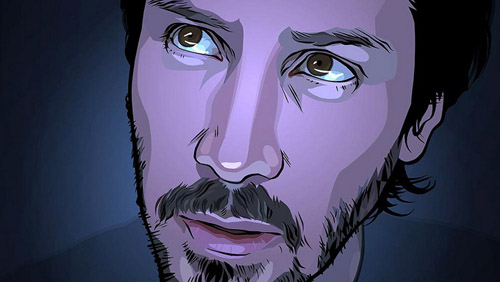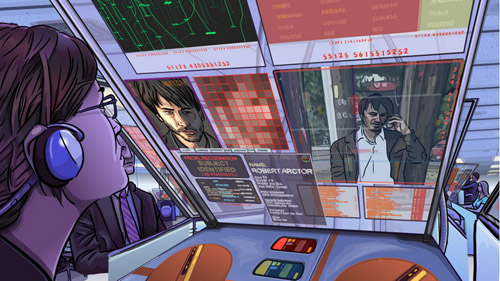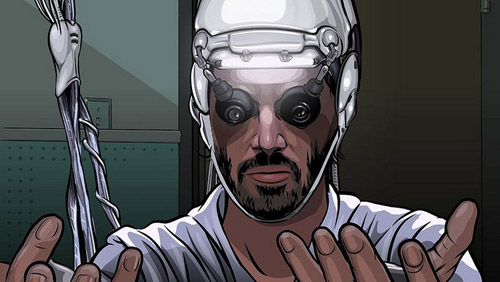
Ever had one of those days when nothing seems quite right and reality is just a little blurred? Last night I went to see “A Scanner Darkly“, an insanely tripped-out film based on the novel by Philip K. Dick, about a future America where drug use is rife and perceptions seriously skewed. Like a graphic novel come to life, the film was shot using traditional live-action photography and then overlaid with an advanced animation process (interpolated rotoscoping) to create a haunting, highly stylised vision of the future. This is photo surrealism taken to the next level. Whilst it certainly looks the part this is not a film to sit down and enjoy per-say; it’s a pretty hard-hitting, thought-provoking and mind-blowing tale which you have to struggle to keep up with and as such may put off many people.

Staring The One himself, Keanu Reeves, we follow the lives of a set of misfits hooked on ‘Substance D’, a powerful drug which elicits hallucinatory paranoia. One of them, an undercover cop, whose identity is hidden with a kaleidoscope “scramble suit” (you’d need to see it to know what I mean!) is tasked with keeping them under surveillance leading to some serious questions of identity and eventually his complete brake down…

I don’t want to spoil the plot anymore so if you like what you’ve heard go and see it (and prepare for a headache afterwards)! (7/10)

Reply